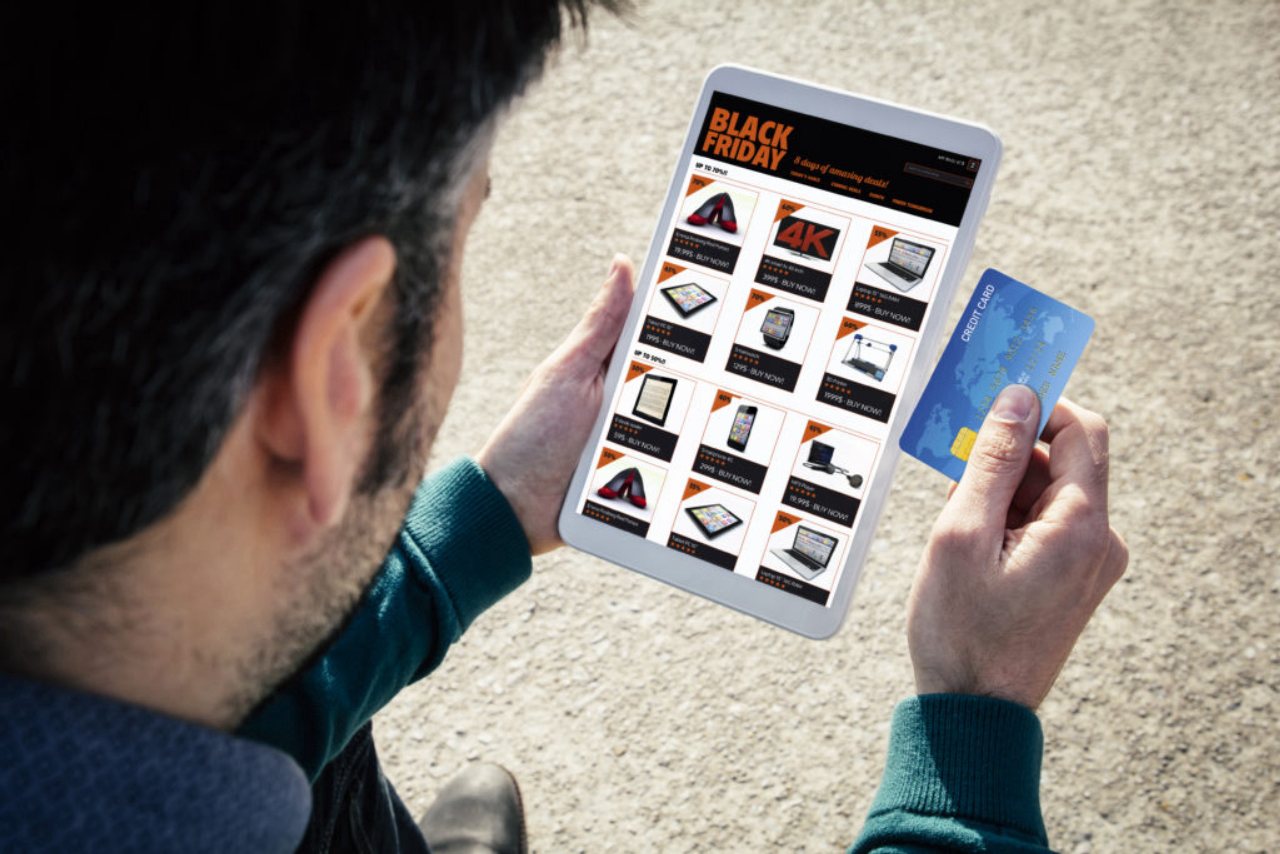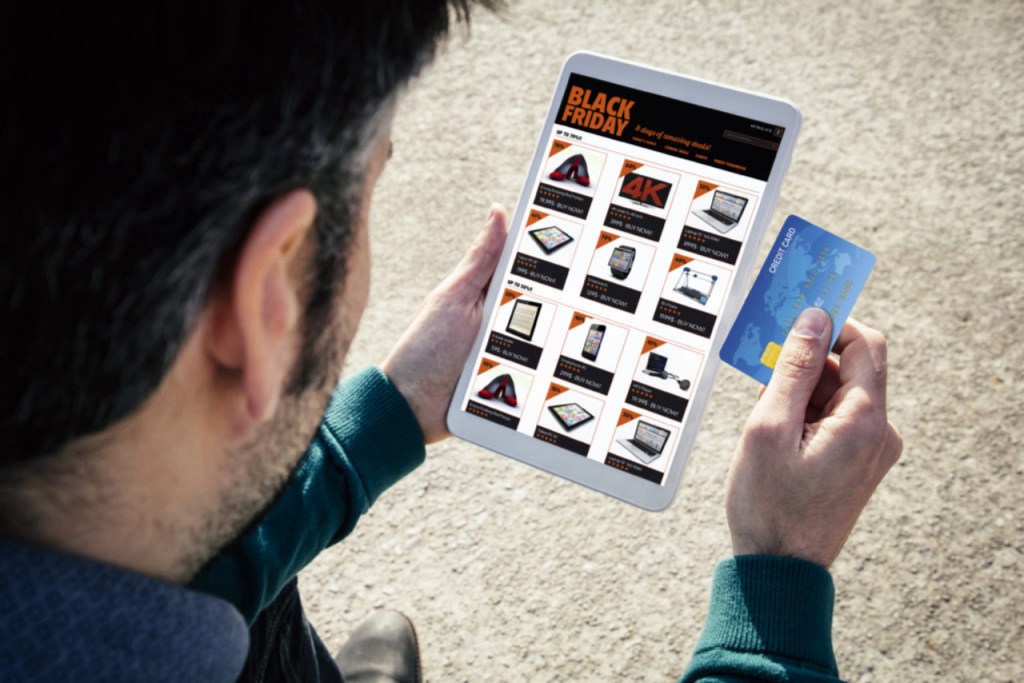We have been hearing about digitization and the impact it might have on value chain for quite some time. But now in addition to theoretical analysis, we also see lot of commercial products and solutions surfacing at retail events which are the significant steps to realize this transitionary phase in retail. We have classified the retail trends and technologies in four parts:
- Intelligent Retailing
- Security in Retail
- Connected Experience
- Automation
In this post, we’ll discuss two of the four retail trends and technology which stood out at EUROCIS-2019 (Dusseldorf, Germany) and NRF-2019 (New York, USA).
Trend #1: Intelligent retailing
GfK FutureBuy revealed that the agreement for statements like “I am now less loyal to anyone retailer” is growing year after year (4 percentage points in 3 years) especially among Gen Y and Gen Z. With growing paying parity that Gen Y and Gen Z are capable of, this emphasizes the need for the retailer to become smarter and more responsive to the changing customer behavior. What we term as intelligent retailing includes a whole ambit of technologies like Big Data, artificial intelligence, machine learning, new sensor hardware and varied solutions stemming from them.
Dynamic pricing and inventory optimization
These retail trends are designed to enable dynamic pricing, markdown optimization and inventory optimization so that retailers can plan quantity and pricing of their products appropriately. Simply put, cost savings for the retailer. The predictive pricing solutions include usage of daily/weekly/monthly data and uses historical trends and current sales metrics to forecast best pricing scenarios to help the retailer in promotion planning and to determine percentage of discount per product per region. Predictive inventory management and cognitive demand forecasting solutions that were demonstrated a way to optimize the stock and re-order at right junctures to reduce holding cost and unnecessary discounting to clear old stock. Using smarter inventory management tools using analytics and dashboards can also help the retailers to identify the hot-selling product categories enabling them to plan their assortment strategy in a more informed manner.
Over the last few years, we assume that traditional retailers are feeling the pressure of being left out if they don‘t participate in new promotion formats like Black Friday, 11.11, and other events or fear a possible loss of promotion efficiency and effectiveness. Our GfK FutureBuy study shows us that the key customer motivation for shopping online is cost savings and easier shopping. The above stated reasons emphasize the need for adopting intelligent retailing solutions which might enable the retailers to become more efficient in operations and optimize their pricing when and where needed. Thus it would help retailers create a synergy between the bricks and the clicks.
 Retail technology: Dynamic pricing for seasonal sales events
Retail technology: Dynamic pricing for seasonal sales events
Facial recognition to optimize floor space
Advanced facial or gesture recognition and optimized sensors are other solutions under this theme which enable quick recognition of products for real-time inventory tracking. Another variant of this technology is what we see at the self-checkout kiosks. Image or gesture recognition coupled with intelligent algorithms can be used for heat mapping within the store as well as outside. This technology can be used to determine “the most attractive zones” within the store and organize product allocation and shelving accordingly. It helps retailers to optimize floor space so as to stock only the key products and generate maximum ROI per square meter. Heat mapping also has applications like determining key selling periods, queue prediction and it can also help employees with in-store route analysis in store thereby reducing the time taken for stocking the shelf.
Trend #2: Security in retail
Proactive prevention of product theft/fraud should be a priority for retailers. Security retail trends include a whole new set of hardware + software solutions which include electronic tils, RFID tags, wet tags, sensors, enhanced cameras used in conjunction with real-time algorithms.
Electronic tags for better tracking
RFID tags and wet tags are typically costlier than the paper/cloth-based barcode tags but enables reuse and better tracking. These tags were marketed as optimal for scenarios like self-checkout kiosks and unmanned stores. As these tags would be used along with sensors to determine movement of a product from store inventory to a customer’s cart by means of sensors/cameras or the in-store scanner or phone application scanners can be used to add the product to the customer’s shopping cart. Enhanced cameras and sensors can be used for real-time image/gesture recognition to generate alerts and to log anomalies. These would become essential in unmanned stores. Similar security solutions can be used for warehouses. This would gain more importance as well maintained secure warehouse would be essential with the growing lucrativeness of click and mortar model.
 Retail technology: RFID tags
Retail technology: RFID tags
GfK FutureBuy study shows that the hassle to return products has reduced in traditional retail has reduced from 30% in 2015 to 24% in 2018. In retail stores, many frauds are committed on the occasion of product return. Especially in scenarios when stolen products are returned against the same value receipt, it’s hard to determine if it’s a valid/invalid return. Mapping of product to such RFID/wet tags and using it in conjunction with real-time algorithms running in the background of POS systems would help to detect such false returns and prevent theft enabling smart return management. Such real-time background algorithms can also help to flag anomalous purchases e.g. when a rounded value purchase (like cigarettes and liquor) is made at regular intervals (just before store closing daily/on weekends).
Augmented reality for retailers
Another very interesting security retail trend is Augmented Reality. AR is usually associated with high tech experiential purchasing. This can especially beneficial to premium luxury goods stores wherein they can project a jewelry item or watch onto the customer. The customer can verify the look at feel and the retailer can enable good experience without exposing the products to a risk. It is also convenient for the customers as they won’t need to undergo the hassle of trying on multiple things.
Online channels are growing over the last few years but GFK FutureBuy points out that consumers (even Gen Y and Gen Z) would shop in-store if it’s an enjoyable experience. Hence, making the traditional purchasing experience easier, secure and offering the right prices at right junctures will be very much essential. We will cover the other two retail trends in the next article where we discuss the connected experience offered by borderless shopping and how automation can be leveraged to making retail shopping more efficient.
Want more? Get answers to key business questions at GfK Insights Summit




